Last week was an interesting week. We got a good sized snow storm. My Hubs kept asking me what I was gonna do(the storm took place on my b-day). I’m gonna sit home and knit. There is nothing better to do during a snowstorm anyway.
As soon as I tell people I have goats they laugh and ask how I keep them enclosed. They are rascals and more fun than a barrel of monkeys but make sure your fences are secure.
In my research of goats there a few types of fiber. There is cashmere, soft, very fine and in my experience usually a pretty short staple. It’s also fairly expensive and what I have here at the farm. I’ve found that, pretty much any breed of goat can be a cashmere goat because it is a type of goat and not an actual breed. For instance, you could have a nigerian milk goat with cashmere characteristics. There are many breeds around the world that produce cashmere. This idea of a type was hard to get my head around. I also wondered if cashmere is not a rare breed then why is it so expensive. I’ll get more into that in a later post.
There are also angora goats. Angora goats produce mohair. Before I learned about different yarns(i grew up thinking there was only red heart acrylic). I thought angora came from angora goats , a common misconception. Mohair is longer than cashmere, often shiny and very strong. It also can give a “halo” to knitted projects making them look fuzzy. Angora goats originated in Ankara (formerly known as Angora), Turkey and its surrounding region in central Anatolia. For many years they were only bred to be white but that has changed. You can now find mohair in black, greys, silver-greys, red and brown. The f softness of this fiber has a lot to do with the age of the animal. The micron range can be from in the low 20s for kid mohair to 40’s for an older adult.
Another type of fiber goat are Nigora goats. They are a cross between a Nigerian Dwarf goat and an Angora goat. They can produce 3 types of fleece: type A which resembles regular mohair, type B that is blend of cashmere and mohair(also called cashgora), type C is a cashmere like fiber.
One last breed I would like to look at are Pygora goats. The are the result of breeding a pygmy goat and an angora goat. The fiber is the same as for the Nigora. Both Pygoras and Nigoras share basic fiber types and size. However that is limit of their similarities Nigoras are more refined, fine boned with a rectangular build, and come in the same colors as the Nigerian dwarf and angora breeds. The pygora has a blockier build and colors which are limited to the pygmy and angora breeds.

Dyed Kid Mohair Locks
Fiber is usually classified by type being Mohair(angora breed goats), cashgora(type of goat not breed), and cashmere(type of goat not breed). The sticky part comes in because “true cashmere” is suppose to be 19 microns or less(some say 18.5 or less). The rest is considered cashgora. In addition a type B coat is also called cashgora. Theoretically speaking you could have a nigora or pygora that produces cashmere. You have to have the fiber tested to prove this however. In addition many goats will not produce a cashmere grade coat their entire lives. Just like angora goats, cashmere producing goats fleeces get thicker as they age. So a cashmere producer one year may be a cashgora the next. So I’m surmising that it’s easy to get a cashmere like coat but hard to breed and keep one under 19 microns. I also recognize the fact that the yield after processing is only 12 -31%. These are some reasons why cashmere could be so expensive.
Tags: angora fiber for sale, angora fiber price, angora goats, animal rescue, animal rescueanimals rescue maine, animals rescue maine, cashmere goat fiber, cashmere goat fur, cashmere scarf, cashmere yarn, fiber animal products, fiber animals, fiber processing, knitting patterns, knitting projects, raising fiber animals, wool for felting
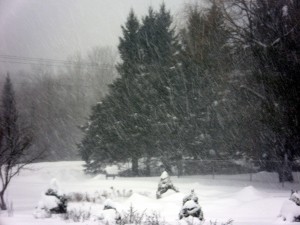
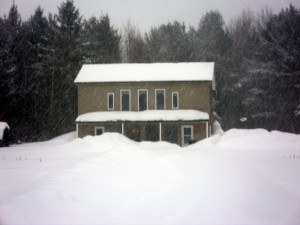

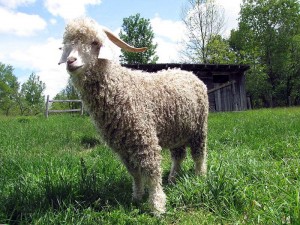
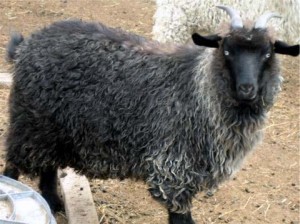
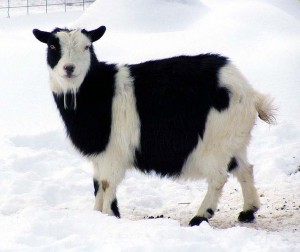
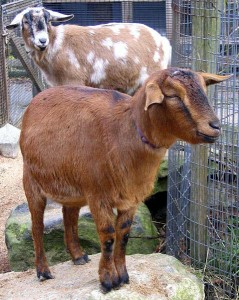
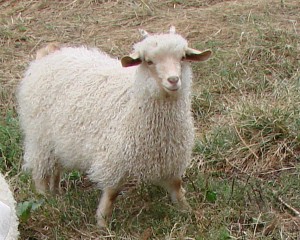
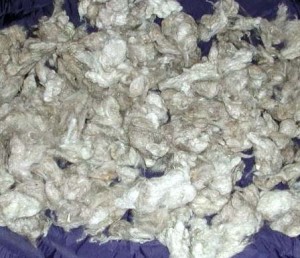
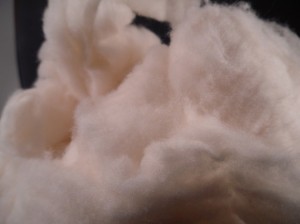










So with your experience, which type of goat breed should I start off with? I have goat experience, but dairy, not fiber producing.
Thanks
Sherrie
If you have goat experience with milking it’s not much different except that fiber goats depending on type may require combing (which can be done with the undercoat cashmere type) when they start losing their coat or they might need a trim to get your fiber angora goats often fall under this category. Here is an site for you to check out. https://americangoatfederation.org/breeds-of-goats/fiber-goats/